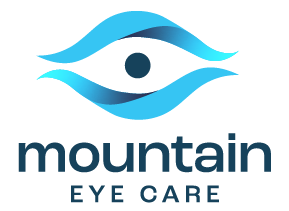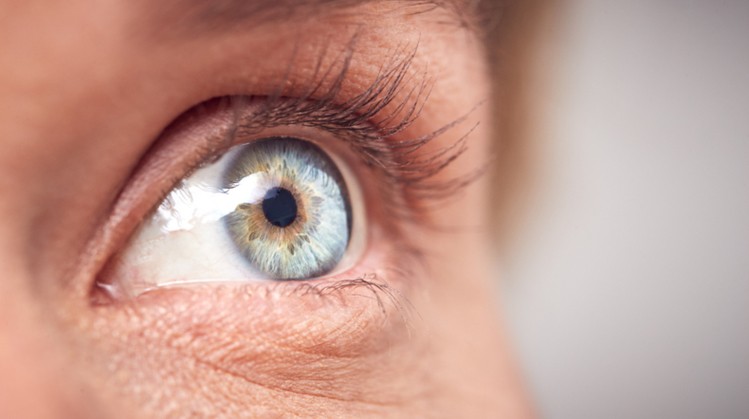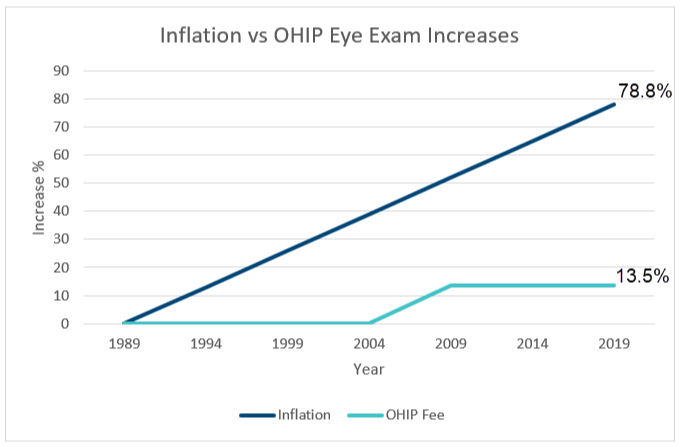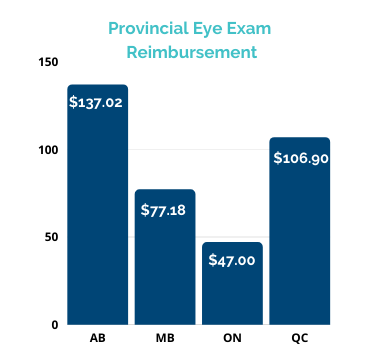When to Visit Your Optometrist for Pink Eye Concerns
Pink eye is a common eye condition with several possible causes. It can be caused by viruses, bacteria, allergies, and other environmental factors. If you have pink eye, it’s important to know what’s causing your symptoms and how to treat them. That’s why visiting your optometrist is the best way to get an accurate diagnosis and treatment plan if you think you have pink eye.
Infectious Pink Eye
Infectious conjunctivitis is caused by a virus or bacteria and is highly contagious. The most common symptoms are redness in one or both eyes, watery discharge from the eye(s), and itching or burning sensation in one or both eyes. If you have infectious conjunctivitis, it’s important to stay home until your medical professional has cleared you to return to work/school as it can easily spread to other people.
Chemical Pink Eye
Chemical conjunctivitis is caused when the eyes come into contact with harsh chemicals like smoke, pool chlorine, cleaning products, dust particles, and other irritants. Chemical conjunctivitis typically presents with burning sensations in the eyes and tearing. Prompt treatment is essential for resolving chemical conjunctivitis, as leaving it untreated can lead to permanent eye damage.
Allergic Pink Eye
Allergic pink eye (also called allergic conjunctivitis) occurs when the eyes come into contact with allergens like pollen, dust mites, pet dander, mold spores, etc., causing a reaction due to an overactive immune response within the body. Allergic pink eye typically presents with redness in one or both eyes and watery discharge from the eye(s). Treatment includes avoiding allergens whenever possible and using antihistamines (like Benadryl) to reduce symptoms if needed.
How Can an Optometrist Help?
Your optometrist can help diagnose the cause of your pink eye and create a personalized treatment plan for you. They will evaluate your eyes for signs of infection and irritation. They may also ask about any recent changes in environment or lifestyle that may be contributing to your symptoms. Once they have determined the cause of your pink eye, they can recommend treatments that are specific to that cause, such as antibacterial drops or antihistamine medications.
Treating Pink Eye: What You Need to Know
Blog Introduction: Pink eye, or conjunctivitis, is an inflammation of the inner membrane that is inside of your eyelid. It can be caused by both viral and bacterial infections, and it affects millions of people every
year. Depending on the type of infection, treatment for pink eye may vary. There are various types of treatments for pink eye.
Viral Conjunctivitis
Viral causes of pink eye tend to be mild and often clear up within 7–14 days without any special treatment. However, viral conjunctivitis can last between 2–3 weeks, during which time patients may spread the infection and increase their risk of eye damage. In more severe cases—such as viral conjunctivitis caused by herpes simplex virus or varicella-zoster virus (chickenpox)—antiviral medication may be necessary. To help manage symptoms while your body’s immune system fights off the infection, an optometrist can recommend options like artificial tears, warm compresses, antihistamine eye drops, or steroid eye drops.
Bacterial Conjunctivitis
Pink eye caused by bacteria is typically treated with antibiotic ointment or eyedrops prescribed by a doctor or optometrist to prevent complications and reduce recovery time. Patients are usually advised to finish the entire course of antibiotics even if symptoms have cleared up in order to prevent relapse and reduce the risk of spreading the infection. Bacterial conjunctivitis generally resolves within 3 days after beginning treatment with antibiotics; however, it can take up to 7–10 days for full recovery, depending on severity. While very rare in adults, recurrent bacterial conjunctivitis can occur in some people due to an underlying medical condition such as allergies or dry eyes syndrome.
Allergic Conjunctivitis
Allergic conjunctivitis is usually triggered by allergens such as pollen, dust mites, animal dander, etc., and is typically treated with antihistamine eyedrops which work by blocking histamine production in order to reduce itching and swelling in the eyes. If antihistamines do not provide relief from symptoms, then your optometrist may also prescribe corticosteroid eyedrops which act quickly but should only be taken under medical supervision due to potential side effects such as increased pressure within your eyes (ocular
hypertension). Allergic conjunctivitis usually resolves within a few weeks; however this depends on how frequently you come into contact with allergens that trigger your symptoms.
Pink eye requires different treatments depending on whether it is caused by a virus, bacteria, or allergies—and it’s important to get prompt diagnosis and treatment from a qualified professional to avoid further complications or spread of infection from one person to another. With proper care and prevention measures such as hand washing and avoiding contact with infected persons (including sharing items such as towels), you can find relief from pink eye quickly and effectively so you can go back to enjoying life without discomfort!
Visiting an optometrist is essential if you think you may have pink eye so they can accurately diagnose the cause behind it and develop a personalized treatment plan for you based on their findings. An optometrist can not only treat existing symptoms but also provide advice on prevention methods so that you can reduce the risk of getting pink eye in the future. Knowing when to visit an optometrist for help with pink eye is key in ensuring prompt treatment and long-term relief from this common but uncomfortable condition!



